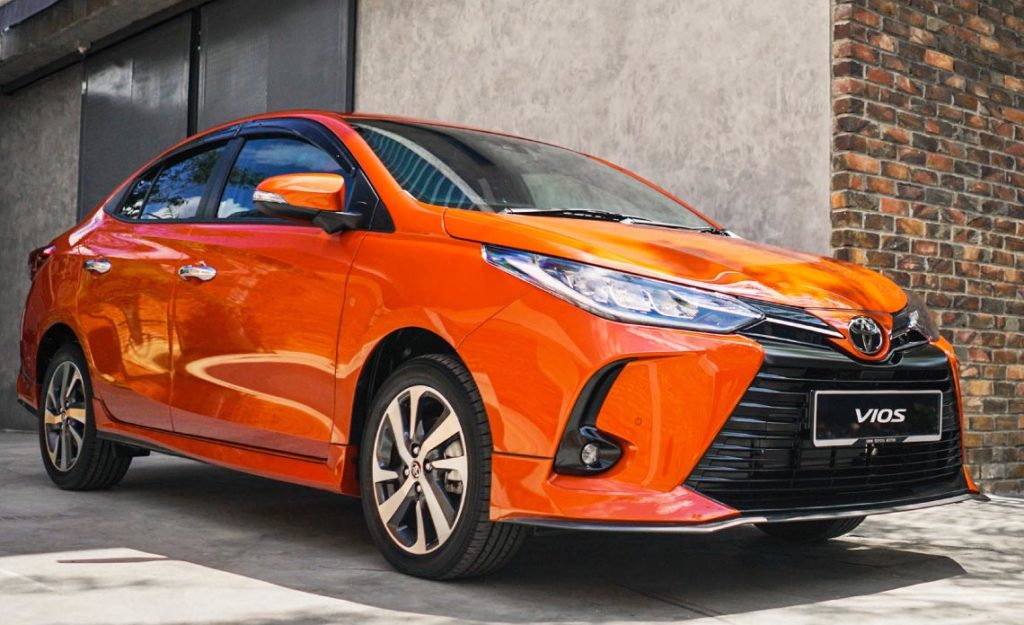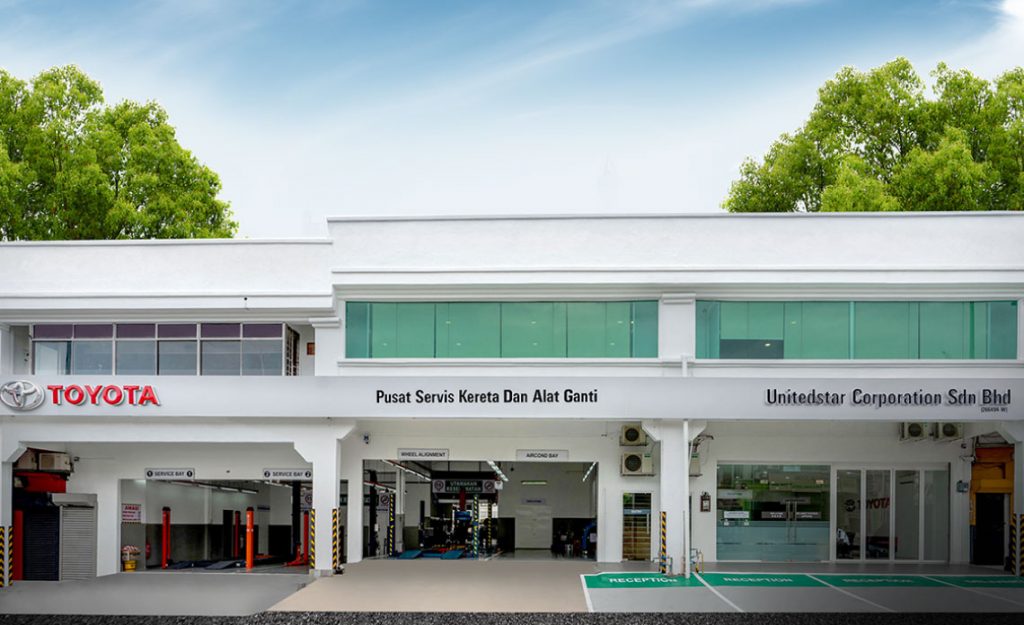Road trip! Nothing beats the thrill and anticipation as you drive towards your favourite destinations However, as road trips are often synonymous with long-distance driving, it can be a little tiring and some form of preparation is required. With that in mind, we have taken the liberty of compiling some simple tips into this pre-road trip checklist for your convenience.
Step 1: Check Your Car Thoroughly
Having all of the above will make sure that your road trip will go on without a hitch. Rest assured, as the self-check process isn’t as difficult as it sounds.
a) Car Engine Oil Level
How to check your car’s engine oil levels? Here are the 5 simple steps:
- Make sure your car is on level ground, and that the engine is not running.
- Situated around the car engine is the dipstick, a tool that’s used to measure the current engine oil level.
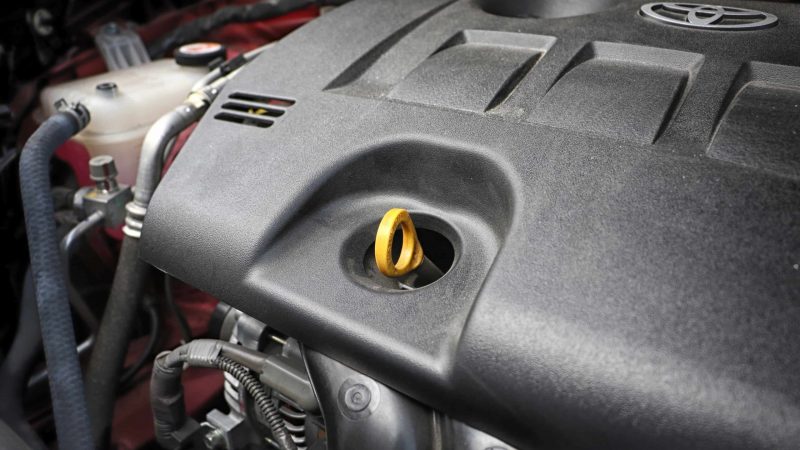
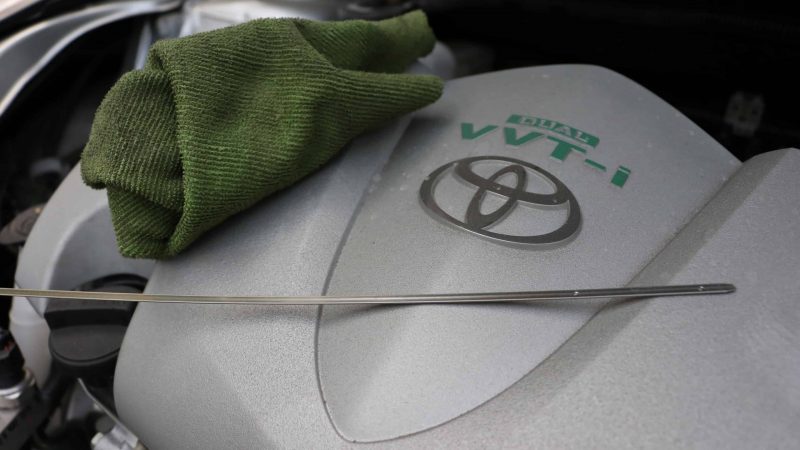
- Pull the dipstick out and wipe it clean, preferably with materials that won’t get stuck to the dipstick such as a clean cloth or tissue paper.
- Once the dipstick is clean, push it all the way in, leave it for a couple of seconds and then withdraw it.
- At the bottom of the dipstick are marks that indicate the current engine oil level. Should it still remain within the mark, it is still sufficient. However, if it’s at the bare minimum (lowest mark), it’s time to visit the service centre and get the engine oil replaced.

b) Car Water Level
Also known as coolant level, inspecting your vehicle’s car water levels ensure that your vehicle does not overheat during your long-hour drives. How to check and add on to your car’s coolant level? Here are the 3 simple steps:
- Identify the coolant reservoir. It is usually a medium sized tank made of a semi-translucent material.
- On the side of the coolant reservoir is an indicator of the maximum water or coolant level.
- Remove the cap and add clear water into the reservoir until it reaches the maximum level as indicated.
Note: To properly restore the car coolant, various tools and specific skillsets are required. For self-inspection purposes, adding clear water into the reservoir is more than sufficient to keep your car up and running.
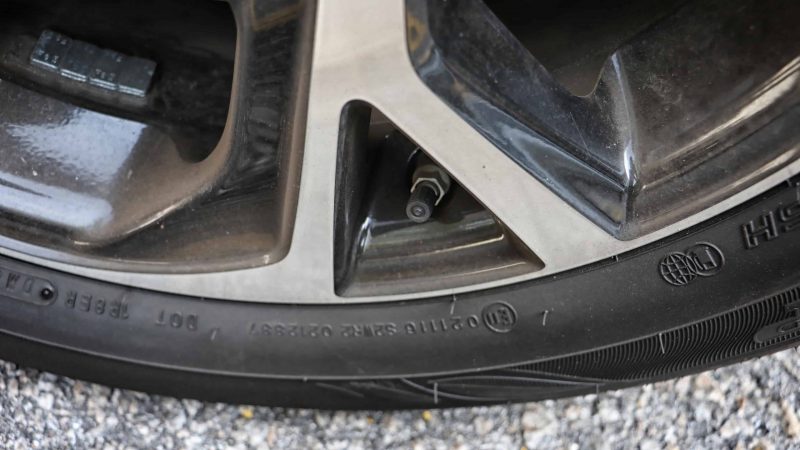
c) Car Tyre Pressure
To check your car’s tyre pressure, you will require a tool called the tyre pressure gauge. Start by removing the tyre’s valve cap and place the tool on the valve stem. It will accurately display the tyre’s pressure levels, letting you know if the specific tyre needs more air.
d) Car Windshield Washer Fluid Level
Long-hour drives are often accompanied by weather conditions such as rain. Therefore, having sufficient windshield washer fluid in the tank ensures that you can see the road clearly at all times.
How to check and add on to your car’s windshield washer fluid level? Here are 3 simple steps:
- Identify your washer fluid reservoir. It is usually a small size translucent container with a windshield or water symbol on the cap.
- Open the cap and refill it with a windshield washer solution until it is almost full.
- Place the cap back on and twist or pop until it’s tight.
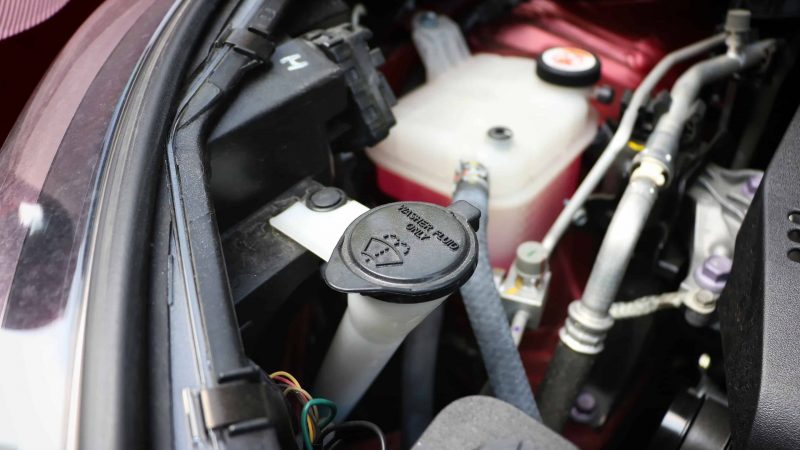
While you are at it, check the condition of the wiper blades as well. If you notice your wiper blade streaking, juddering, blurring or uneven in terms of blade pressure, it’s best to get them replaced before it causes trouble under the rain.
e) Brake Fluid Level
The brake fluid will never deplete unless there is a leakage within. If you notice a reduced amount of brake fluid, send your car to the service centre and get it rectified before your road trip.
f) Headlamp Inspection
Always check if your headlights are functioning properly. It matters the most when driving long-distance, as you will eventually be driving in the evening or at night.
If you require expert advice and clarification on your car’s condition, leave it to the experts at Toyota Service Centres and you will be on the road with next-level peace of mind.
Step 2: Prepare Bite-Sized Snacks and Some Coffee or Tea
Bite-sized snacks are easy to grab whenever needed, and are great energy boosters for long-hour drives. We recommend sweets, buns, cookies and even chewing gum.
Bring along some canned or bottled coffee or tea and you’ll stay energised throughout the drive. Why can or bottles? Because they can be placed in the cup holders available in your car.
Step 3: Plan for Multiple Pit Stops
Why is this important? Long-hour drives will often lead to fatigue as you will need to stay focused throughout the journey. Stopping at Rest & Relax (R&R) areas allow you to take short breaks (such as power naps) if required.
Not to mention, a toilet break from all those beverages that you have been drinking. If there happens to be more than 2 drivers in one car, making a pit stop also allows you to switch drivers.
Step 4: Prepare a Playlist for the Journey
Since we are #AllAboutTheDrive, having a playlist that will enrich our drive is the best thing ever!
Before you begin driving, amp up your playlist with all of your favourite songs, connect your smartphone to your car’s audio via Bluetooth or AUX cable, and sing along to your favourite songs as you hit the road.
Some Toyota car models come with Apple CarPlay and Android Auto-ready connectivity, making it even easier for you to play your favourite beats!
Step 5: Enjoy the Drive!
After having completed everything on our pre-road trip checklist, you should be good to go! All that’s left to do is for you and everyone else in the car to enjoy the drive. Have a safe journey!







 GR Lineup
GR Lineup

















 Toyota Eco Youth
Toyota Eco Youth Toyota Classics 2019
Toyota Classics 2019 Toyota Outrun
Toyota Outrun




